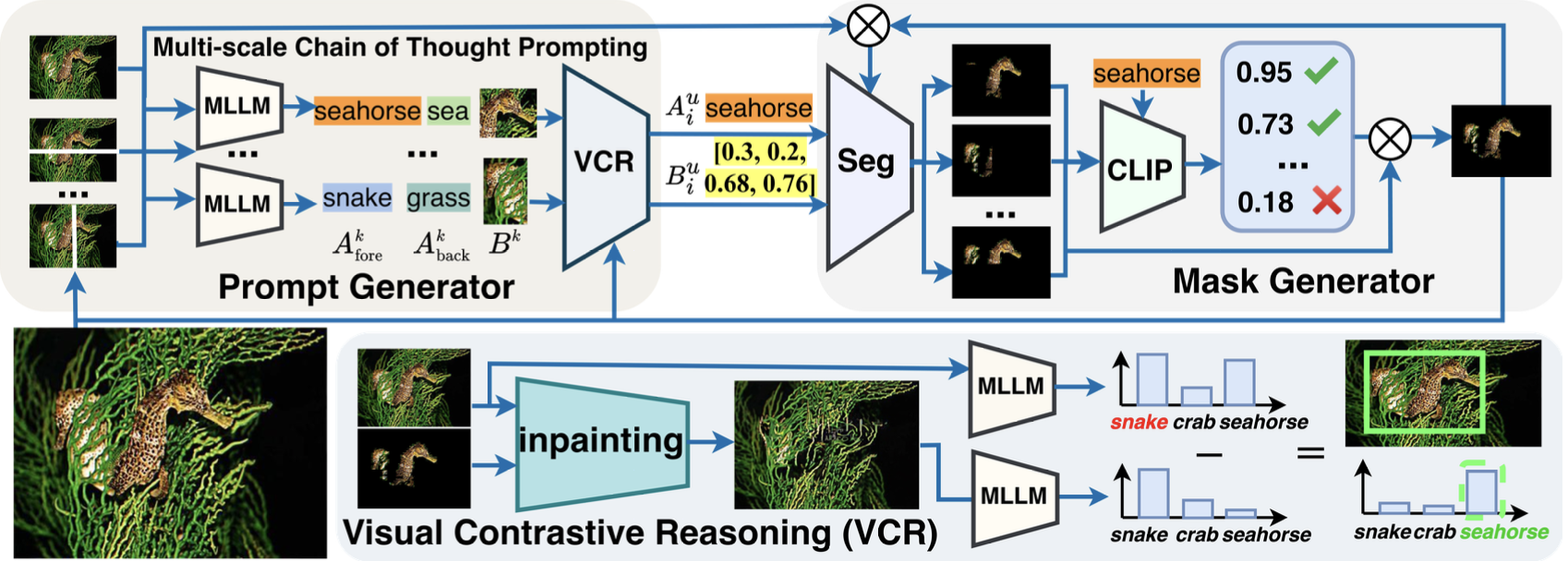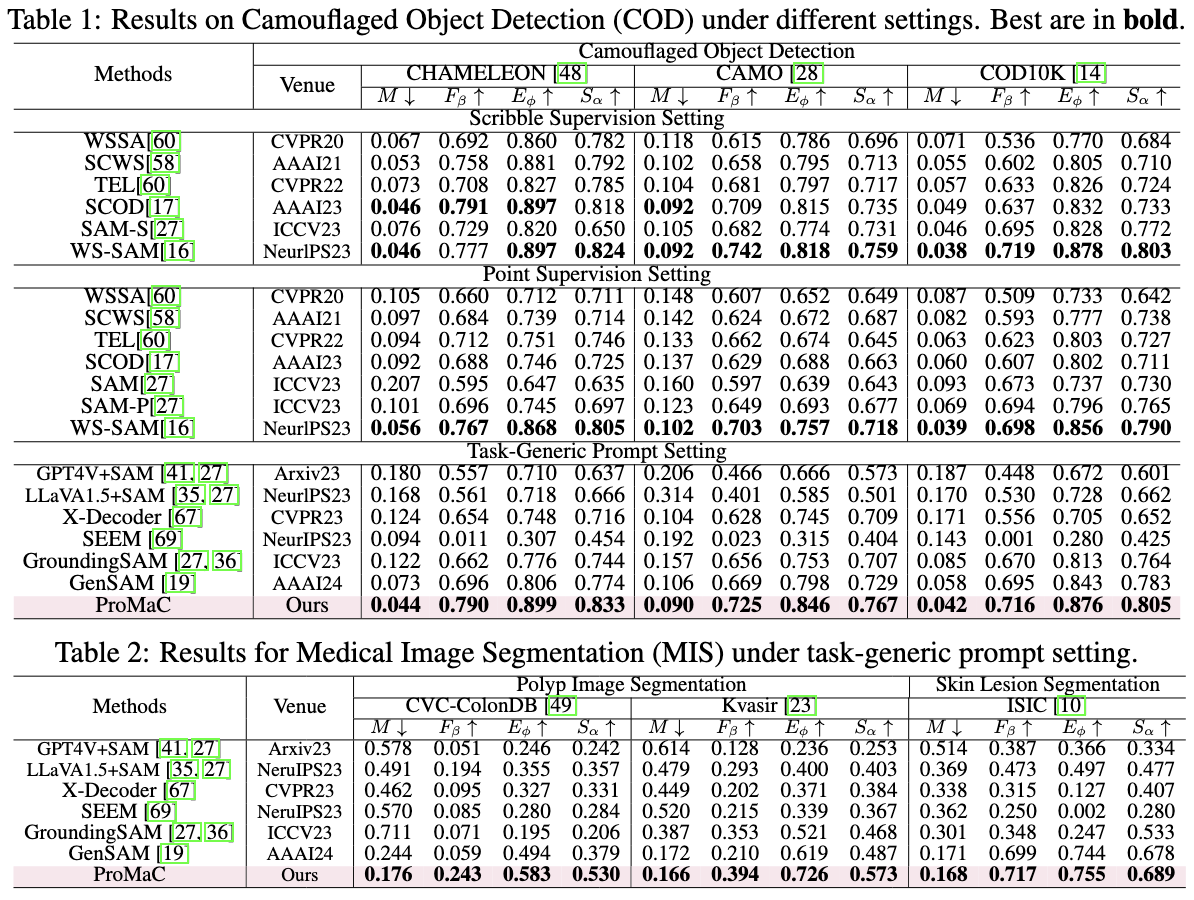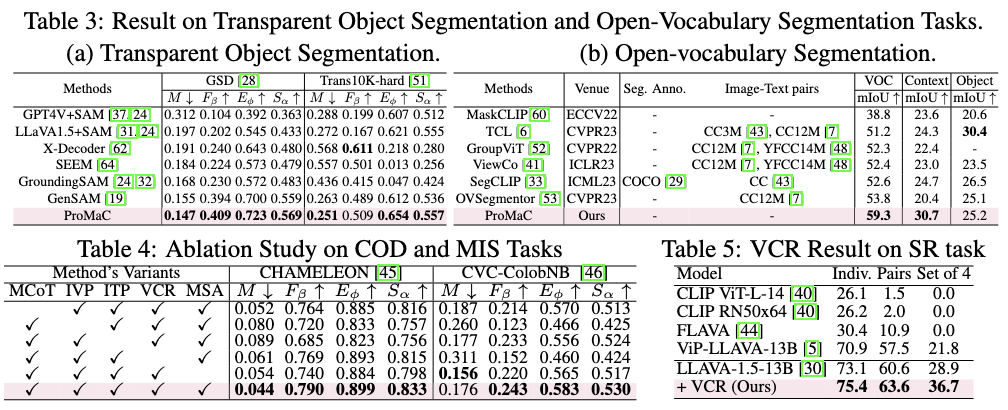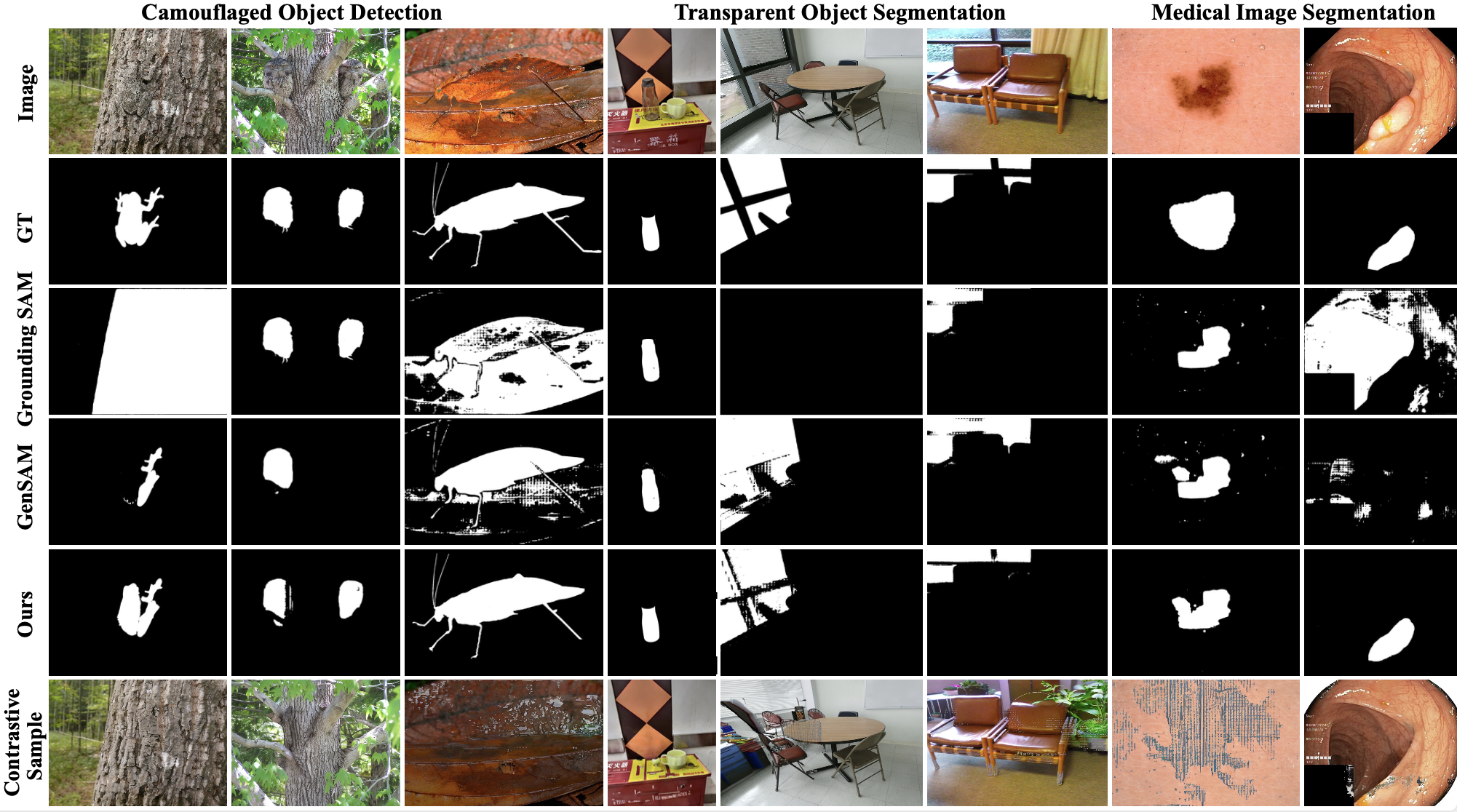BibTeX
@article{hu2024leveraging,
title={Leveraging Hallucinations to Reduce Manual Prompt Dependency in Promptable Segmentation},
author={Hu, Jian and Lin, Jiayi and Yan, Junchi and Gong, Shaogang},
journal={arXiv preprint arXiv:2408.15205},
year={2024}
}





